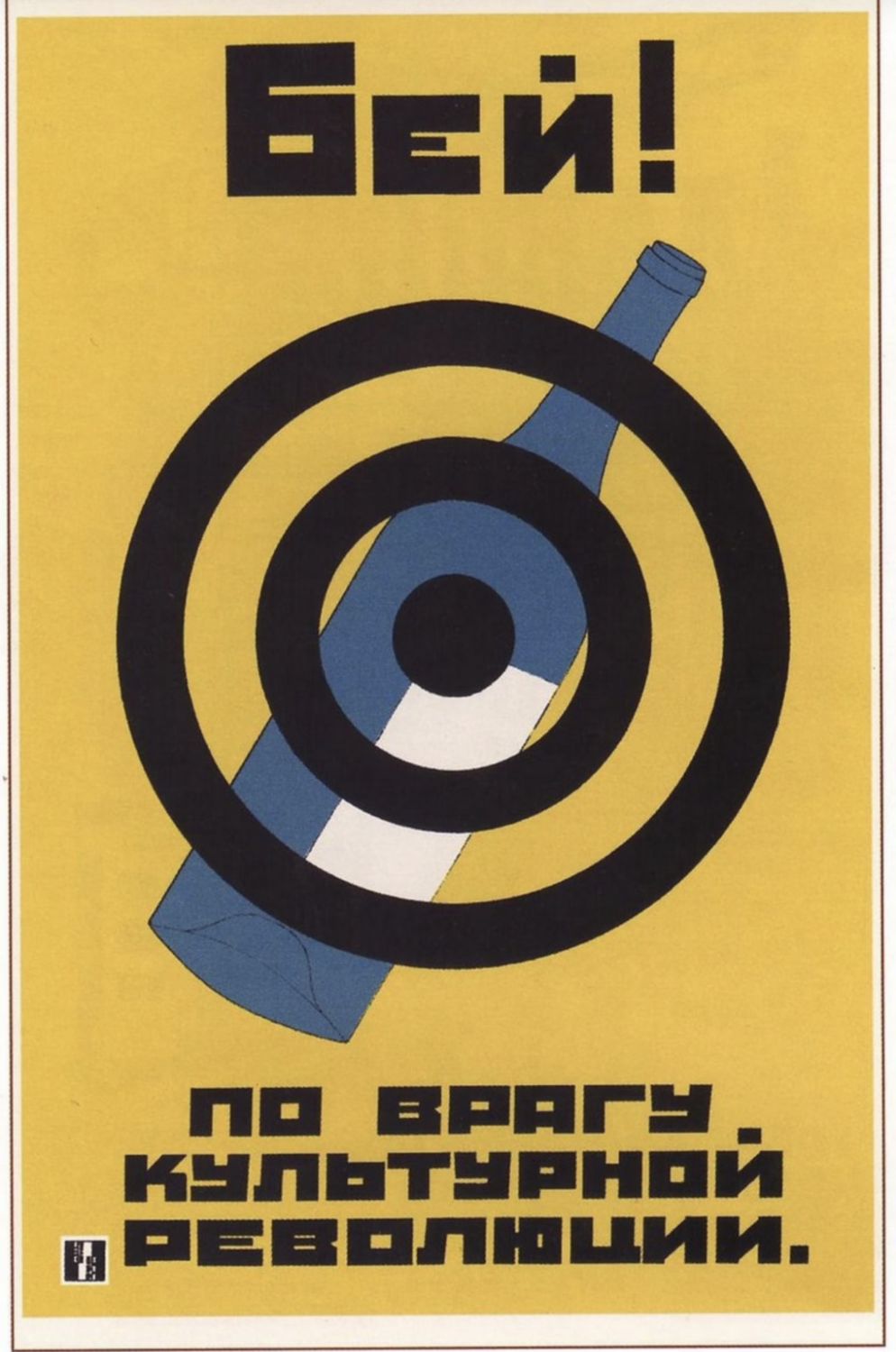3 Best Anti-Alcohol Ads from the Soviet Union
The Soviet Union might not be known for its advertising, but it is known for its alcohol. We’re all familiar with the stereotypical Vodka-drinking Russian, which is probably Hollywood’s fault, but who’s surprised? Through the decades, Soviet leaders have recognized alcohol consumption as an issue and tried addressing the problem through reforms, articles, and ads. Now, according to the CIA, Russia doesn’t even rank in the top 50 countries with the highest alcohol consumption. Where Russia does rank, in my eyes at least, is advertisement production. Let’s look at a few examples.
Gorbachev’s Anti-Alcohol Campaign
The Soviet Union’s most successful anti-alcohol campaign was implemented by Mikhail Gorbachev to increase productivity during the 1980s. Gorbachev set limits on when alcohol could be purchased, raised the price, and released various print ads. Here’s one example:
Image Courtesy: RadioFreeEurope RadioLibrary
“Passage to the next world” (1988)
This anti-alcohol ad makes an impact because of its visuals and text. The bottle represents a black hole and the alcohol is represented by stairs, which shows Gorbachev’s stance and efforts to show the Soviet people how destructive alcohol is. Making the alcohol appear as stairs was smart because although it shows how low alcohol can take a person, it implies that they can still climb back up to the top.
The colors also help to give a gloomy, depressing look, making viewers associate alcohol with this depressing atmosphere. The copy below adds to this, as it gets across how deadly alcohol can be with so few words. Both the visuals and copy are so simple but so strong. They are easy to understand but still effectively portray what Gorbachev believed.
Gorbachev’s campaign was successful in many ways. Alcohol sales fell by more than 50%, and production slowed down immensely.
Khrushchev's Anti-Alcohol Campaign
One of the earliest anti-alcohol campaigns implemented by the Soviet Union occurred shortly after Joseph Stalin died in 1953, and happened under Nikita Khrushchev. Let’s look at one poster created during that time:
Image Courtesy: RadioFreeEurope RadioLibrary
“And they say that we are pigs…” (1958)
This anti-alcohol poster works because of the witty text, but the juxtaposition within the visual is the reason it’s so effective. On the top are two pigs in a bright green field. They’re smiling, they’re in the sun, and they overall seem very happy. In contrast, on the bottom, is a drunk man, exhausted, what looks like a rotten fish, and a mysterious green liquid that could be vomit, alcohol, or sauce…none of those options are very pleasing.
The juxtaposition between the two images attempts to depict the reality of alcohol consumption, comparing it to an animal generally known to be filthy and making drunk humans look worse. This rhetoric paired with the genius text from the pig’s perspective looking down on humanity is why this poster works.
1920s/30s Anti-Alcohol Campaign
The first anti-alcohol campaign implemented by the Soviet Union took place during the late 1920s/early 30s as an attempt to crack down on unproductivity in the workplace. Here is one print poster:
Image Courtesy: RadioFreeEurope RadioLibrary
“Smash!” “The Enemy of the Cultural Revolution.” (1930)
This poster works because of how visually appealing it is. Even without the text, the massive target on the bottle of alcohol depicts the negative stance the Soviet Union was taking on alcohol consumption. The target visual is a genius way to both convey their message and motivate people to take action, telling them to smash the bottles.
The text at the bottom of the poster ties alcohol consumption back to the Soviet Union’s communist ideals using convincing rhetoric. The Soviet people were used to the self-mastery values implemented by the Bolshevik party during the 1920s, and this was only a few years before the Socialist Realism movement in the mid-30s, so people took the regime’s promise of socialism seriously and wanted to do what they could to reach a socialist society. This rhetoric plays onto those beliefs and attempts to show alcohol consumption as going against the people’s hard work towards their goals.
Whether these campaigns were successful or not, the print posters produced during the Soviet Union were some of the most visually appealing print ads put out to this day. Although the purpose of these posters was to convey the party’s messages, they were a glimpse into the artistic brilliance that filled the USSR, and they continue to inspire creatives today.
Lakshmi Sinha




